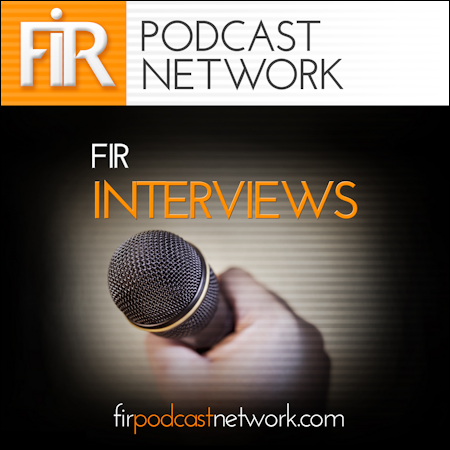If you need evidence of the relationship between how employees feel about their employer – part of the way of looking at ’employee engagement’ – and the company’s financial performance, the Financial Times has a case study feature that illustrates that relationship.
The FT analyzes the experience of life insurance company Standard Life and how employee surveys conducted by Gallup have helped the company understand whether employees felt part of the business, understood its goals and were willing and able to contribute their best to achieving these.
Key messages from Standard Life’s and others’ experiences:
[…] Standard Life’s use of employee surveys to measure engagement demonstrates the growing attention that companies are paying to the concept. Having an “engaged” workforce – a step beyond employee satisfaction or commitment – has been shown to improve the bottom line. Gallup’s research, for example, has found a correlation between increased engagement and higher earnings per share. ISR, a rival employee research and consulting firm, found an average 19 per cent rise in operating income over 12 months for companies with a “highly engaged” workforce, compared with a fall of 33 per cent for companies with low engagement scores.
International surveys also show companies have their work cut out if they want to have a fully engaged workforce. Globally, 24 per cent of employees are “disengaged” and only 14 per cent are “highly engaged,” according to one such survey by Towers Perrin, the professional services firm.
Towers Perrin says that engagement is affected by significant change, whether positive or negative. Given the dramatic reshaping of the business environment from Asia to North America, “it is hardly surprising that so many employees exhibit a sense of dislocation and frustration at what they see as an ever-changing employment ‘deal’ with their employers.”
Standard Life also illustrate how they use the findings from their employee surveys to pinpoint teams with better-than-average scores for engagement:
[…] It found staff turnover in these teams was about half that of poorly scoring teams, and absenteeism was 30 per cent lower. Team leaders were asked what they did and the information shared online.
[…] “Team leaders also play a more important part in internal communications than in the past,” [says Stephen McCafferty, HR director]. As a mutual, the group used to take the approach of “management knows best,” even to the extent of drawing up questions it thought employees would ask and providing the answers. “Now we give people information and have a dialogue. In the past, it was parent-to-child communication. Now it’s adult-to-adult.”
Financial Times | It’s better if they give a damn (paid sub)












2 responses to “Employee engagement and the bottom line”
Internal Branding: Achieve Hyper-Growth by Engaging Your Employees…
Whether you manage a department, a division, lead one company or many, there is one essential principle to follow that is often overlooked: engaged employees are essential to create, maintain and survive hyper-growth. Great leadership is not easy, but …
[…] Employee engagement and the bottom line […]